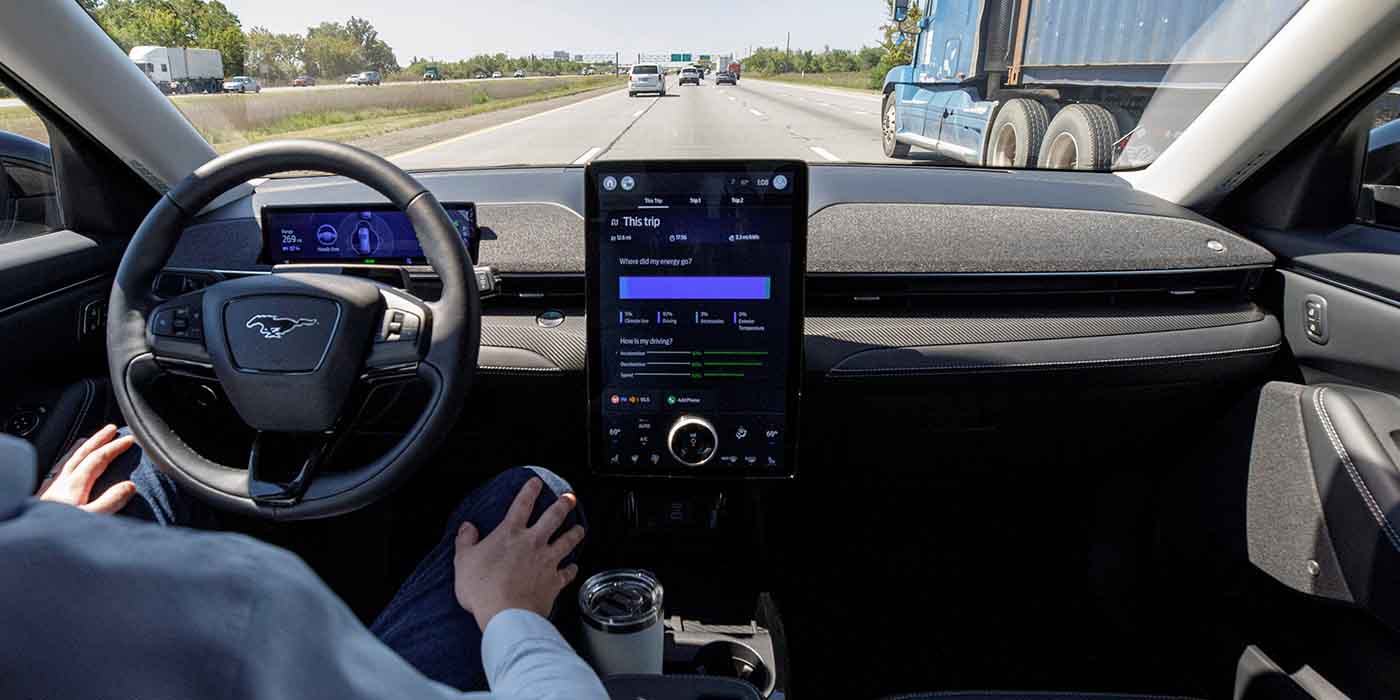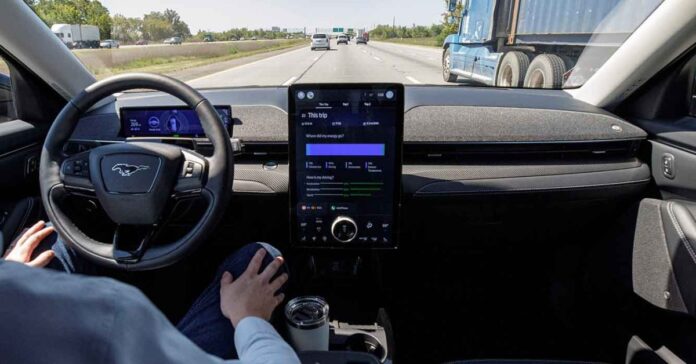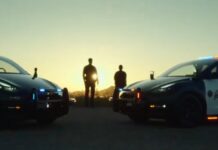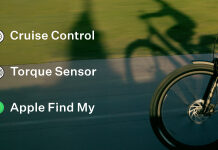[ad_1]

The National Transportation Safety Board is investigating two fatal crashes involving two separate Ford Mustang Mach-Es crashing into stationary vehicles, where three people have died. In at least one of the crashes, Ford’s BlueCruise hands-free driver-assist system was activated at the time of the crash, while the second one is under preliminary investigation. Here’s what happened.
The first fatality occurred in San Antonio, Texas, after a 44-year-old Mustang Mach-E driver using the driver assist system crashed into a stationary Honda, killing the 56-year-old driver. Another Mach-E driver was involved in a fatal crash in Philadelphia on March 3, although it’s not known yet if the BlueCruise played a role.
The incident in Texas involved a driver of a 2022 Mach E striking a 1999 Honda CR-V that was stopped in the middle lane of I-10 with no lights at around 9:50 p.m. The second accident near Philadelphia, which killed two people, involved a Mach-E that hit two stationary vehicles on Interstate 95 at 3:13 a.m. on March 3. Both drivers of the stationary cars were killed, and one of the victims may have been standing outside of their car, the Associated Press reports.
In regards to the February crash, the NTSB states that “based on the data obtained from the vehicle, the driver had been operating the vehicle in BlueCruise mode before the crash.”
While the Honda driver died, the Mustang driver sustained minor injuries, and police found no signs of intoxication. According to the NTSB report, a witness who had been traveling in the center lane in front of the Mach-E reported that she saw the Honda in the center lane and that the car had no tail or hazard lights illuminated. After changing lanes to avoid hitting the car, she then saw another vehicle crash into the Honda.
The NTSB released a preliminary report on its investigation, with the final report likely to be published in a year or two.
BlueCruise is Ford’s marquee driver assist system, which enables hands-free driving on some highways. Ford doesn’t promote the system as autonomous driving, and drivers, while allowed to take their hands off the wheel and feet off the pedals, are required to keep their eyes peeled at all times and be ready to take control of the car. This is enforced with a driver monitoring system that deactivates BlueCruise if the driver looks to be distracted or sleepy.
Surveys have shown that people often over-rely on ADAS, treating them as fully automated driving systems, with their reaction times slower than what is considered safe when it’s time to take back control.
The NHTSA has spent nearly three years investigating more than a dozen accidents involving Tesla drivers using Autopilot. This is the first investigation into Ford’s ADAS, but as with Tesla, as more of these are on the road, more crashes and investigations will surely take place. Tesla, for its part, recently settled a lawsuit bought on by the family of Apple engineer Walter Huang, who died when his Model X crashed using Autopilot in 2018.
While GM’s Super Cruise is usable in more places, the BlueCruise is considered one of the best available, and the crash is notable because it is the first to involve a hands-free driving assist available to the public. Also, Ford offers other passive safety features, such as Co-Pilot360 with forward collision warning and emergency brake and steering assist to avoid obstacles, so this news potentially points to failures in those systems as well.
FTC: We use income earning auto affiliate links. More.
[ad_2]
Source link














